The Chevrolet Camaro Z28 was developed specifically to take on the Ford Mustang in Trans Am competition and beat it, to showcase what GM felt was the superiority of the Camaro over its more established rival.
When the Camaro had first been unveiled in 1966 Chevrolet staff were being questioned by automotive journalists about what the name actually meant, they were told that a camaro is “a small, vicious animal that eats Mustangs.”
Fast Facts – Chevrolet Camaro Z28
- The Chevrolet Camaro was developed in the mid-1960s as a GM answer to the surprisingly successful Ford Mustang – the car that had established the “pony car” genre when it had been released in 1964.
- The Z/28 package was developed to allow the Camaro to compete in SCCA Trans Am competition, it featured a special 302 cubic inch V8 and a slew of performance upgrades over the stock car. The Z/28 name came from its RPO code – RPO28 was the Special Performance Package.
- The Camaro began competing in Trans Am in 1967, winning three races. They would go on to win the championship outright in 1968 and 1969, firmly cementing the Camaro’s race credentials in the minds of American motorsport fans.
- The car you see here is a second generation 1981 Chevrolet Camaro Z28 with the 4-speed manual transmission, white paintwork with tricolor stripes, a red interior, air conditioning, power windows, power locks, and just 7,073 miles on the odometer.
Origin Story: The Chevrolet Camaro Z/28
Rumors began flying around the automotive media landscape in 1965 that Chevrolet was working on a new competitor for the then-new Ford Mustang. The Mustang had appeared in 1964 and taken the United States by storm, far outselling initial projections and forging an entirely new market genre – the pony car.
Above Video: This clip provides a look back at the development and release of the Camaro Z/28.
The rumored new Chevrolet was code-named Panther but by the time of its release a new name was chosen, it had been picked out by Chevrolet merchandising manager Bob Lund and GM vice president Ed Rollett, they had been flicking through a French-English dictionary and stumbled on the slang word “camaro” which means “friend, pal, or comrade.”
As an unusual “C” word it fit neatly into Chevrolet’s model offerings which included the Corvair, Chevelle, Chevy II, and Corvette.
The Camaro officially debuted in 1966 and the first generation of the model was sold from the 1967 to 1969 model years based on the GM F-body platform. A wide variety of engines were offered alongside various trim levels, and manual or automatic transmissions.
The option package under the RPO code “RPO28,” better known as “Z/28” wasn’t even advertised when the car was first released and as a result just 602 were sold nationwide in the first year of production.
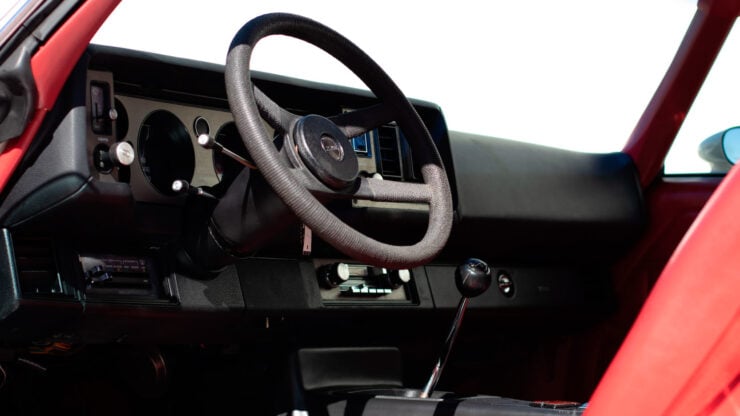
This car is fitted with the desirable 4-speed manual transmission, as well as power steering, power locks, and air conditioning.
The reason the Z/28 package existed was to homologate a series of high-performance upgrades to the Camaro, so they could be used in SCCA Trans Am competition – against the Ford Mustang.
If you were one of the lucky few who ordered a car with the Z/28 package you would find a newly developed 302.4 cubic inch V8 under the hood, an engine created by taking a 327 cubic inch block and using a 283 V8 crankshaft for a total displacement just under the 305 cubic inch limit.
Other Z/28 specific additions included upgraded suspension including heavy-duty front coil springs and multi-leaf rear springs, front disc power brakes, and a 4-speed Muncie close-ratio manual transmission, an 11 inch clutch, and a single four-barrel carburetor.
Power output was listed by Chevrolet as 290 bhp however this was just to keep insurance companies happy, the real figure was closer to 360 bhp and it could exceed 400 bhp if the buyer opted for the optional dual-four barrel carburetors. 400 bhp is a lot today, but back in 1967 it was truly mind-bending.
Chevrolet would keep the Z/28 option package available right through the first generation production run, a revised version was then offered on the second generation cars.
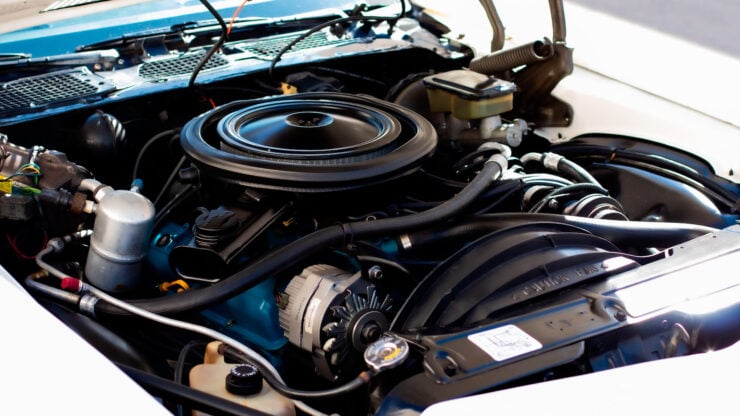
Both the 350 and 305 V8s were offered with the 1981 Z28, this car is fitted with that latter engine and it’s showing just over 7,000 miles on the odometer.
So far the Z/28 package has been offered on six generations of the Camaro dating from 1967 up to the current sixth generation of the car that’s been in production since 2016.
The 1981 Chevrolet Camaro Z28 Shown Here
The car you see here is a 1981 Chevrolet Camaro Z/28, it’s a member of the second generation Camaro family and it would be the last year it was made, as the third generation car was released for 1982.
Power output from these later Z/28 cars was vastly lower than the earlier models from the late 1960s, the 350 V8 produced just 175 bhp and the 305 V8 made 165 bhp.
That said, it took enterprising aftermarket companies no time at all to develop performance parts and kit packages that would claw back much of the power that had been lost in pursuit of meeting ever more stringent emissions regulations.
This car is finished in white with triple stripes down each side and a red interior. It’s one of the desirable 4-speed manual versions of the car that also has air conditioning, power windows, power locks, and just 7,073 miles on the odometer.
If you’d like to read more about this car you’ll find the listing here. It’s due to roll across the auction block with Mecum in November in Las Vegas, Nevada.
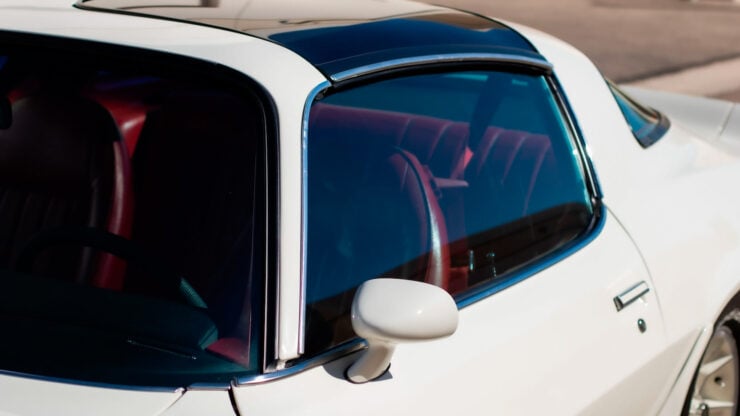
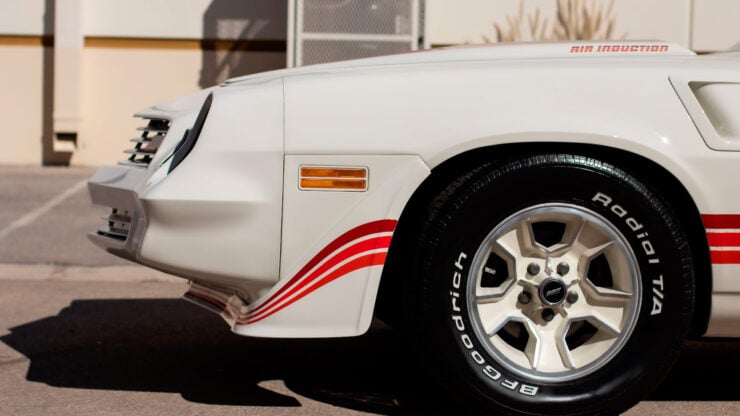
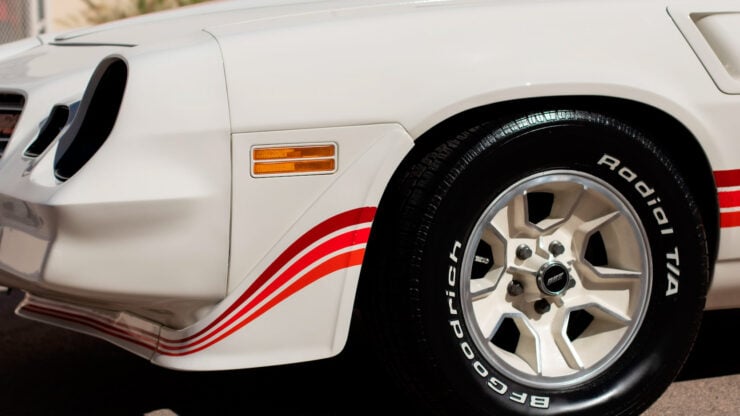
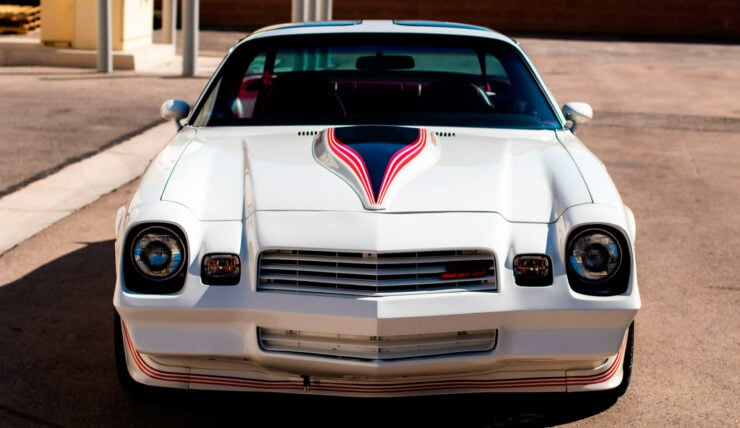
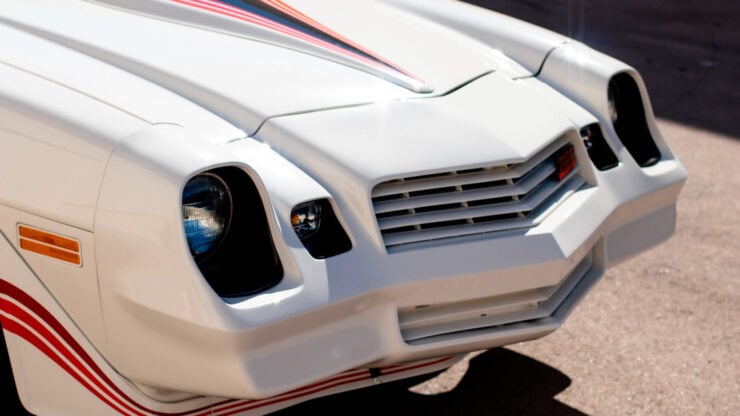
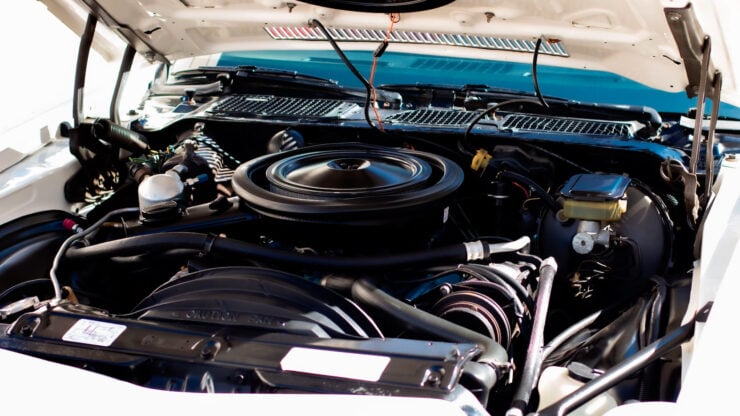
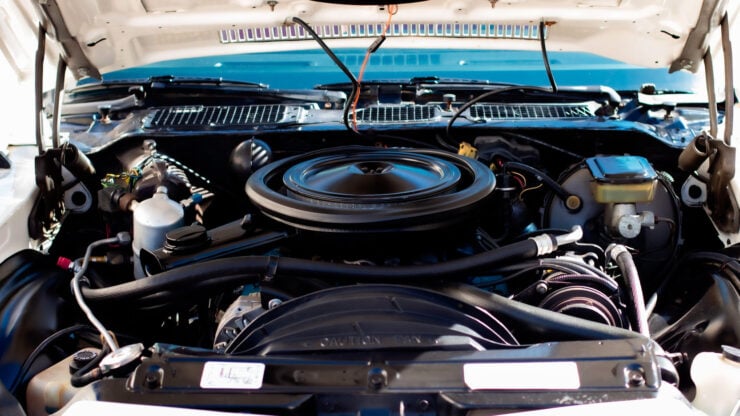

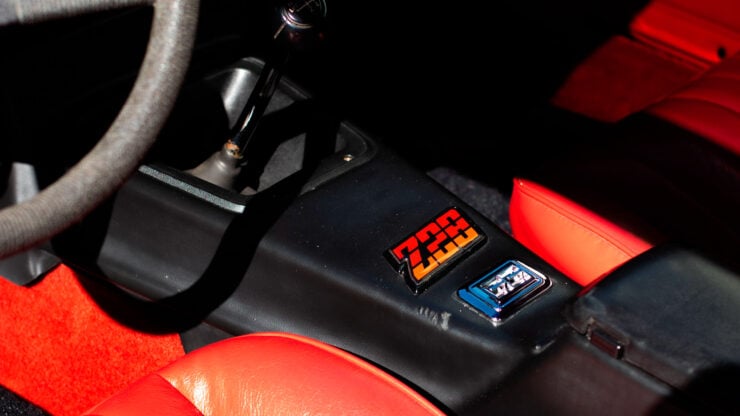

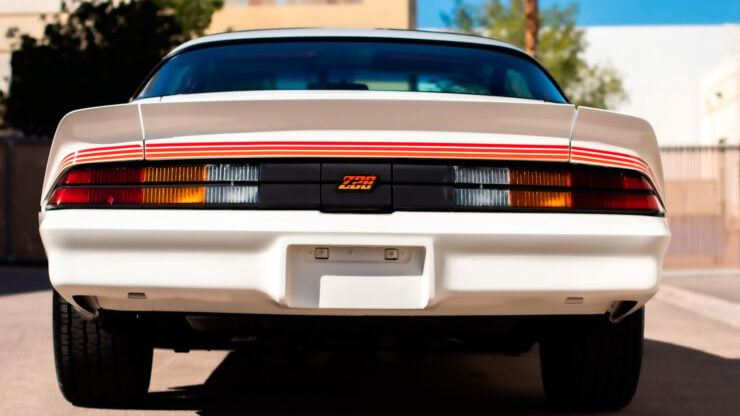
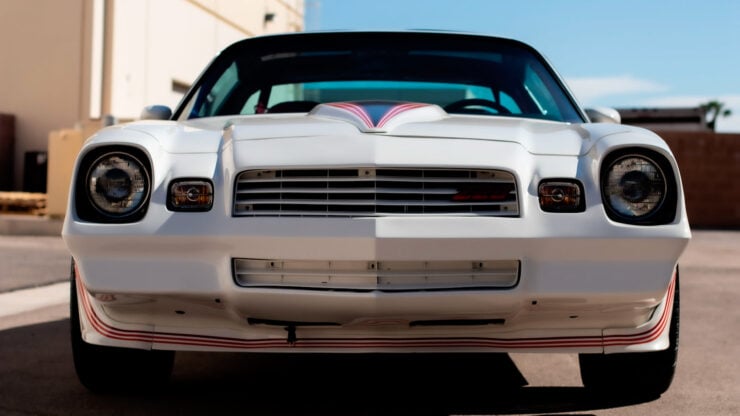
Images courtesy of Mecum
The post A Radwood-Era Retro Classic: 1981 Chevrolet Camaro Z28 4-Speed appeared first on Silodrome.
from Silodrome https://silodrome.com/1981-chevrolet-camaro-z28/
via gqrds